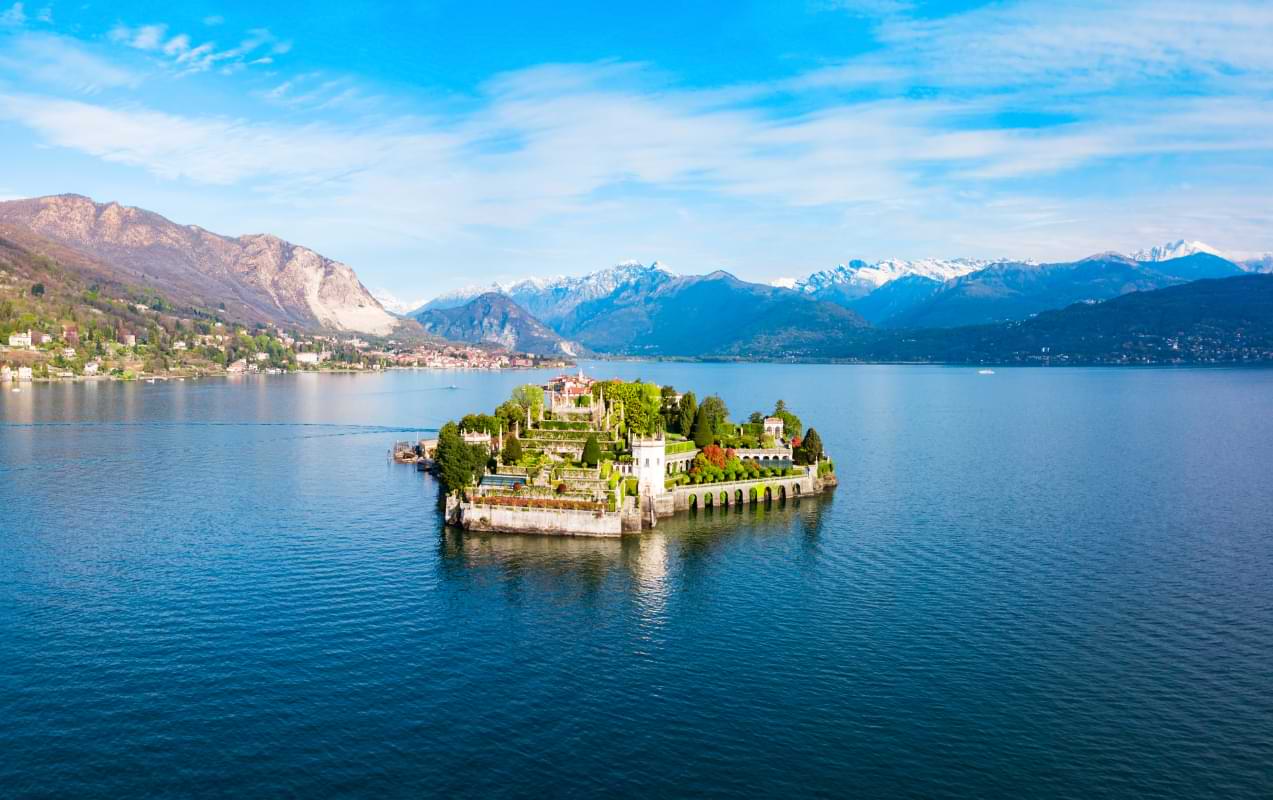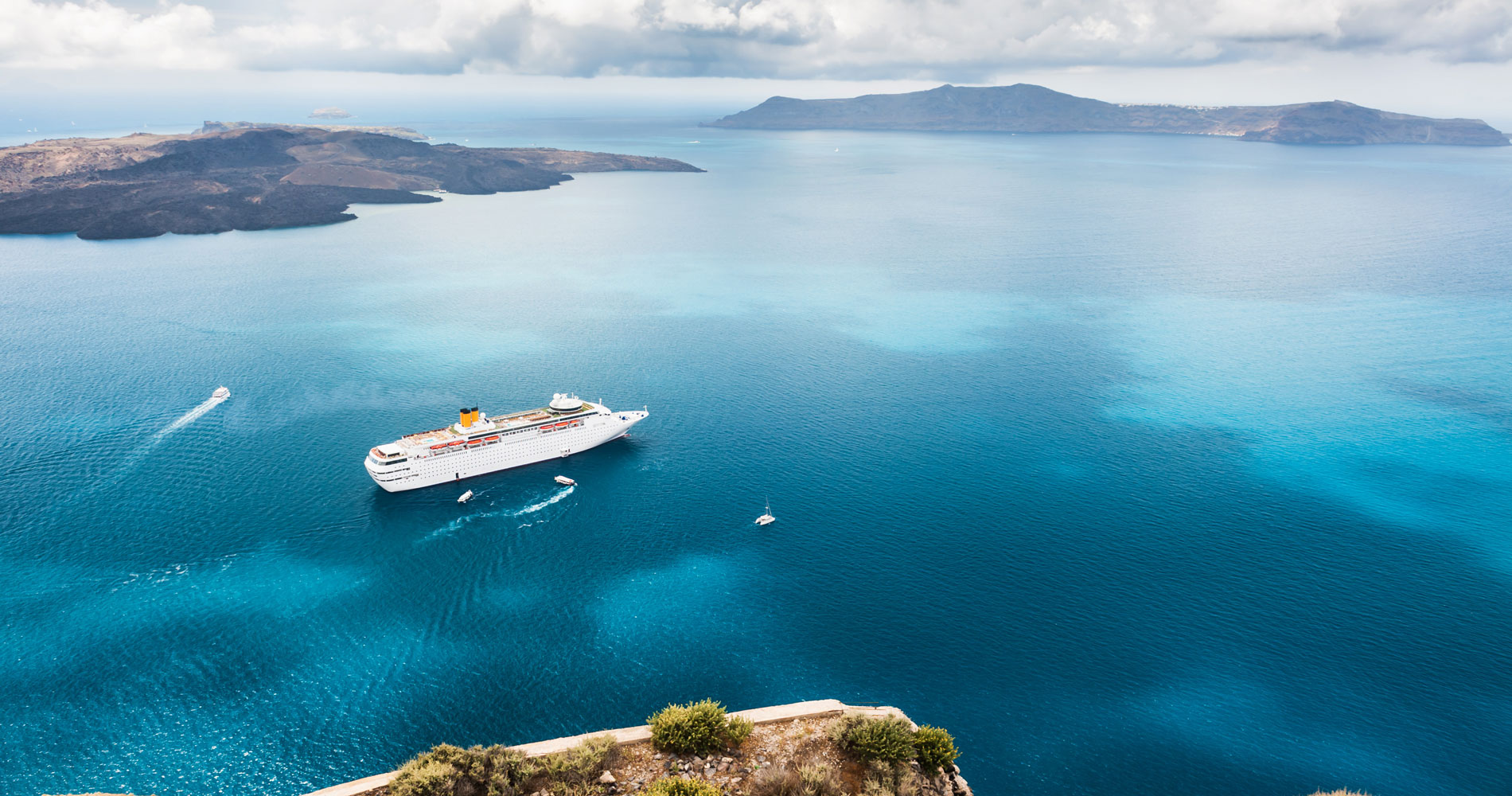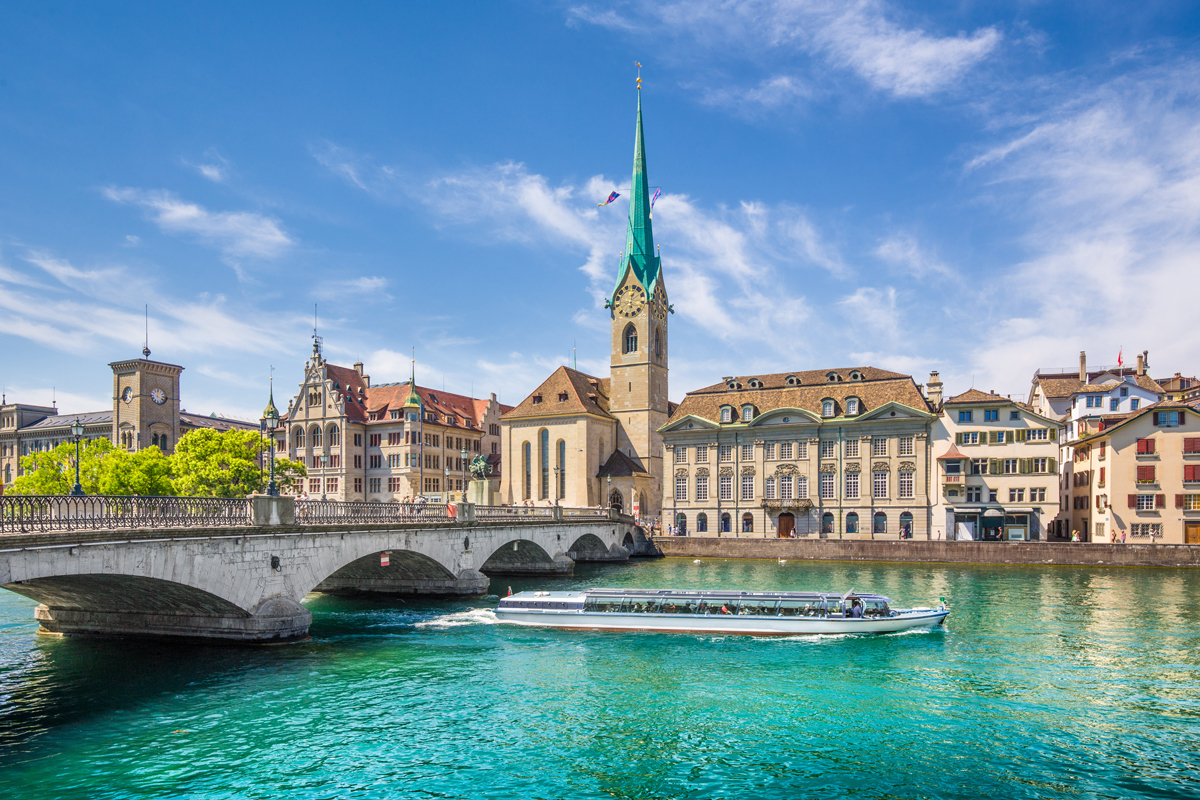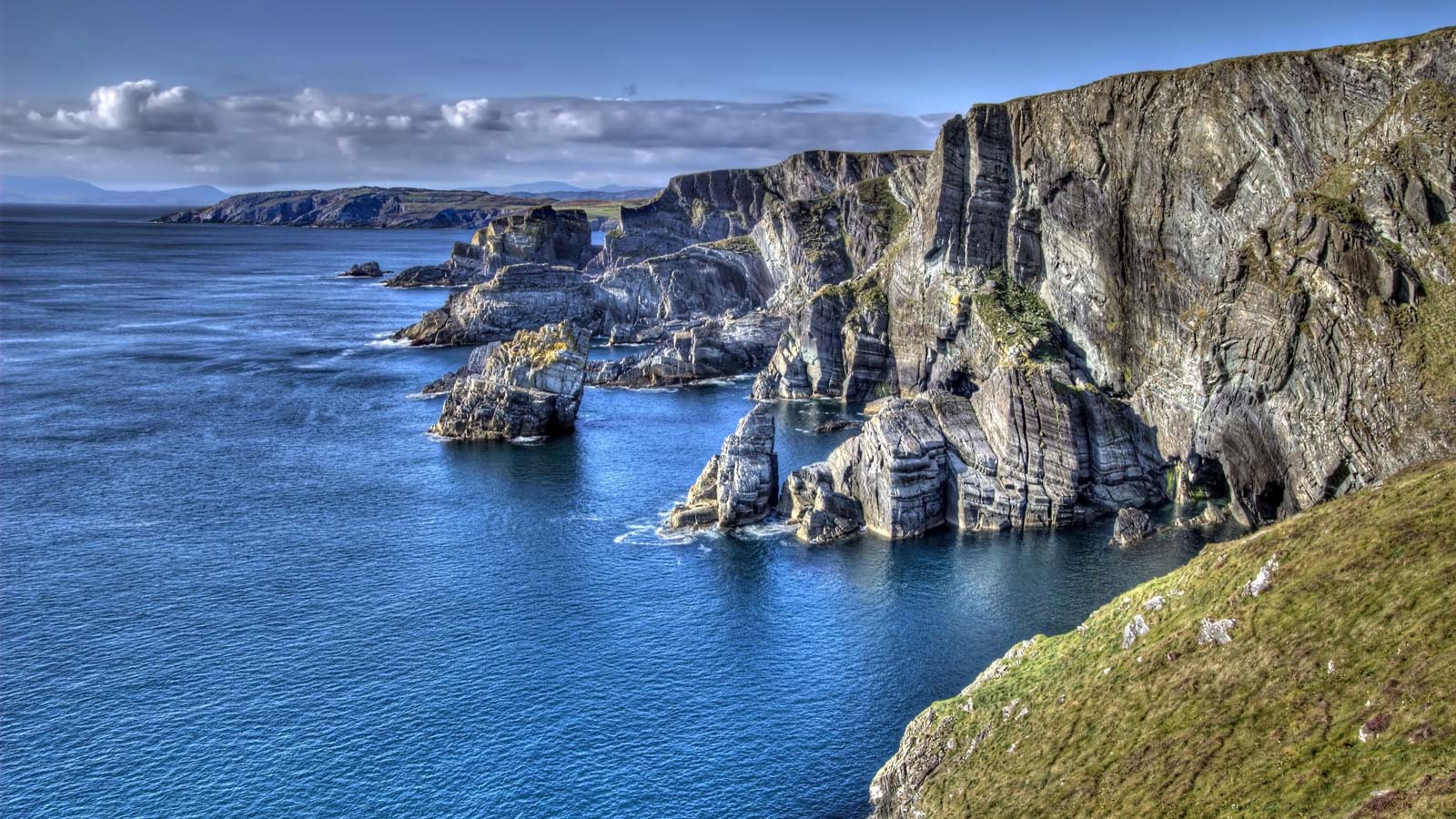



Get the chance to win 2 rooms for 2 nights for 2 persons. Treat yourself and your friends.
Historic Hotels of Europe
Find amazing historic hotels and dive into the culture and traditions of Europe. Connect with a thriving community, enjoy excellent locations, and live your dream.